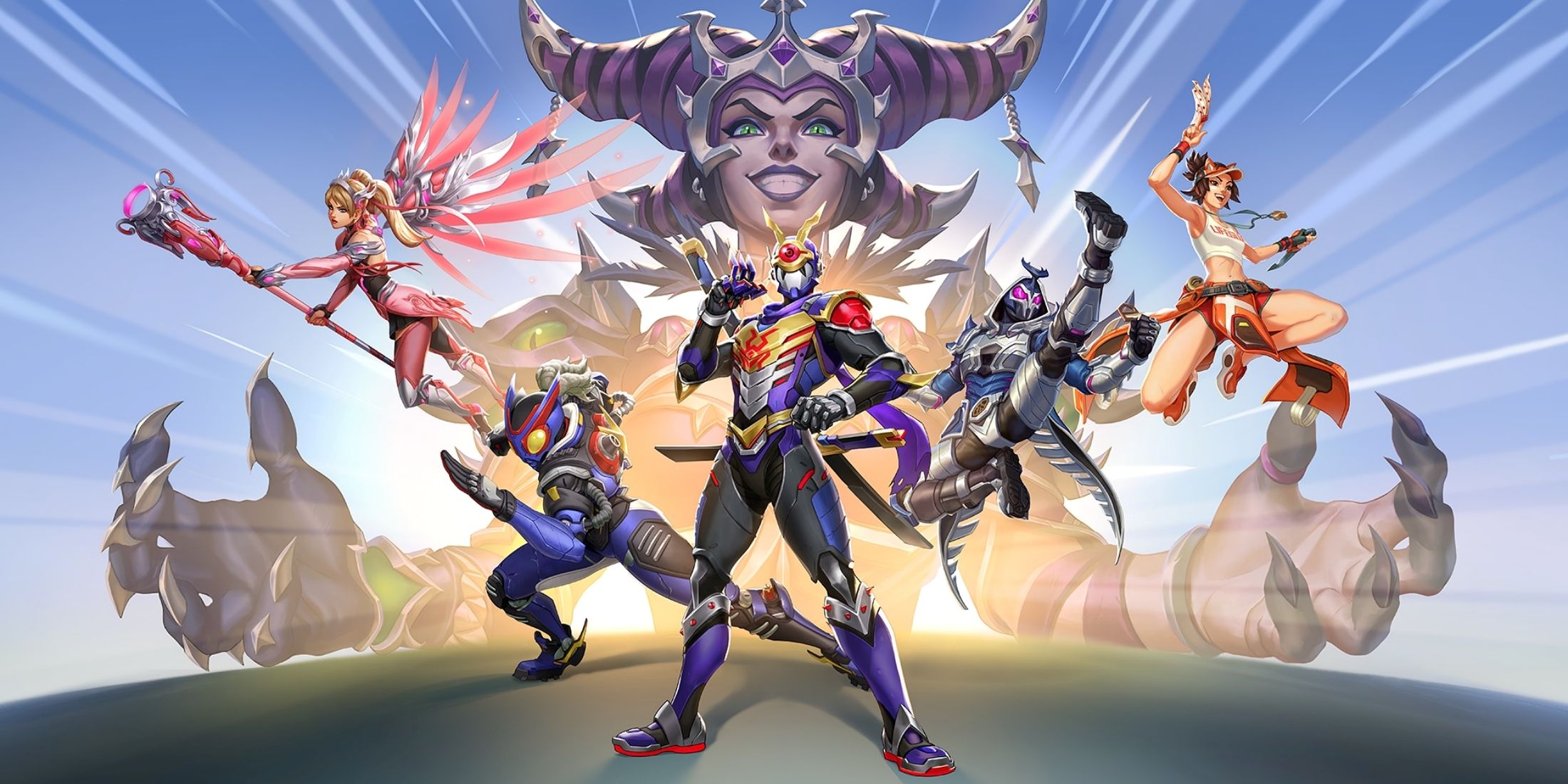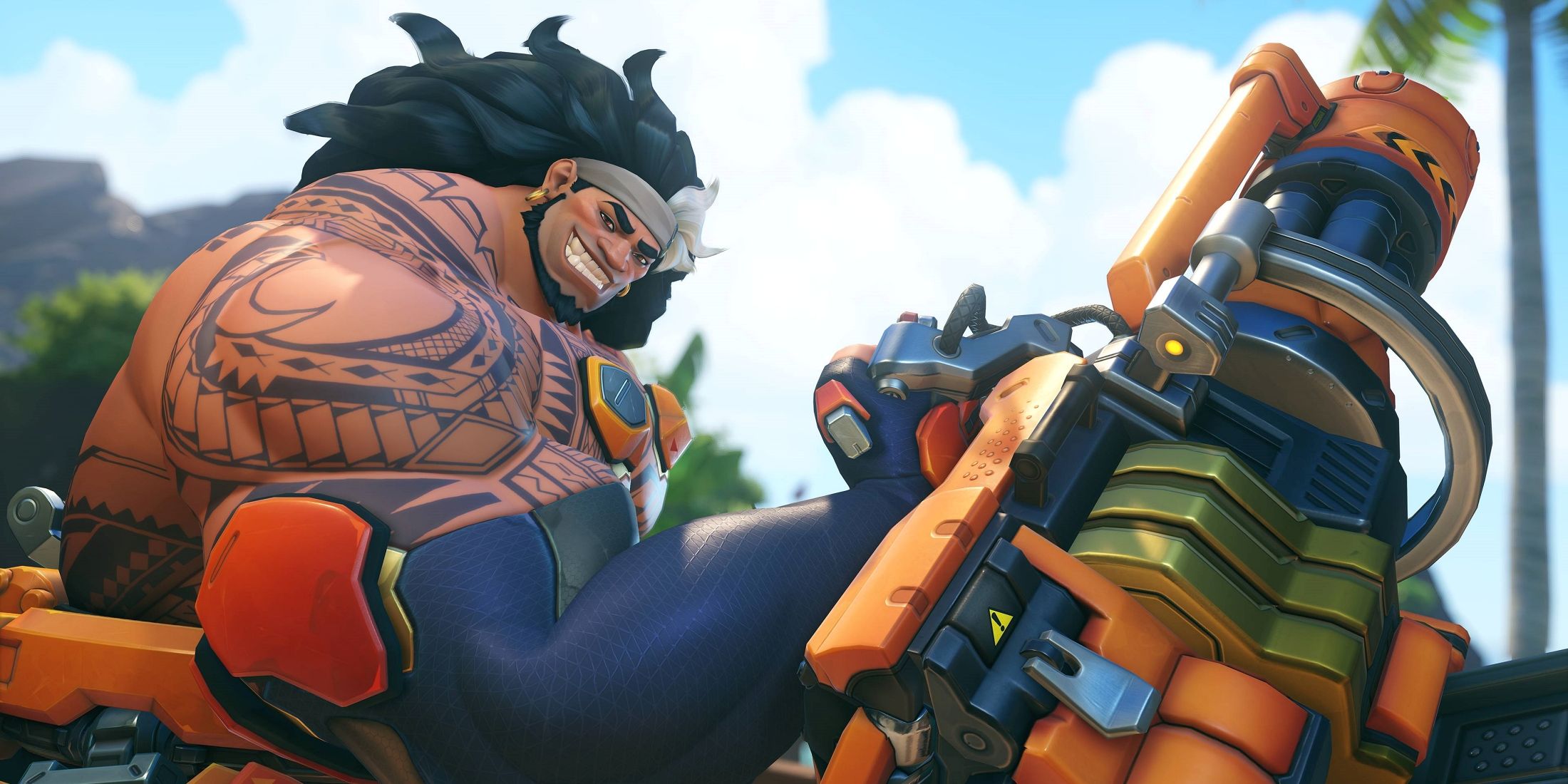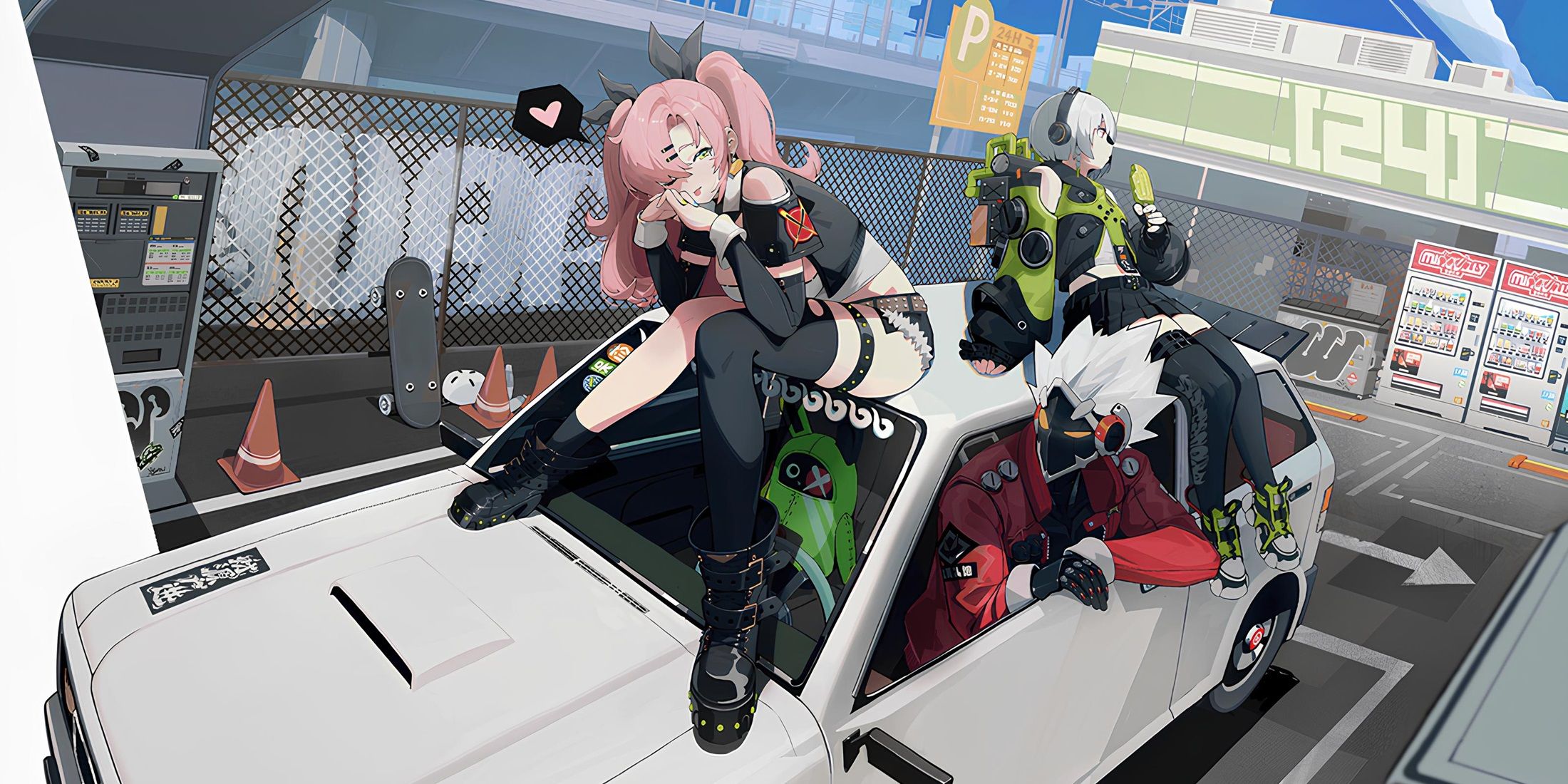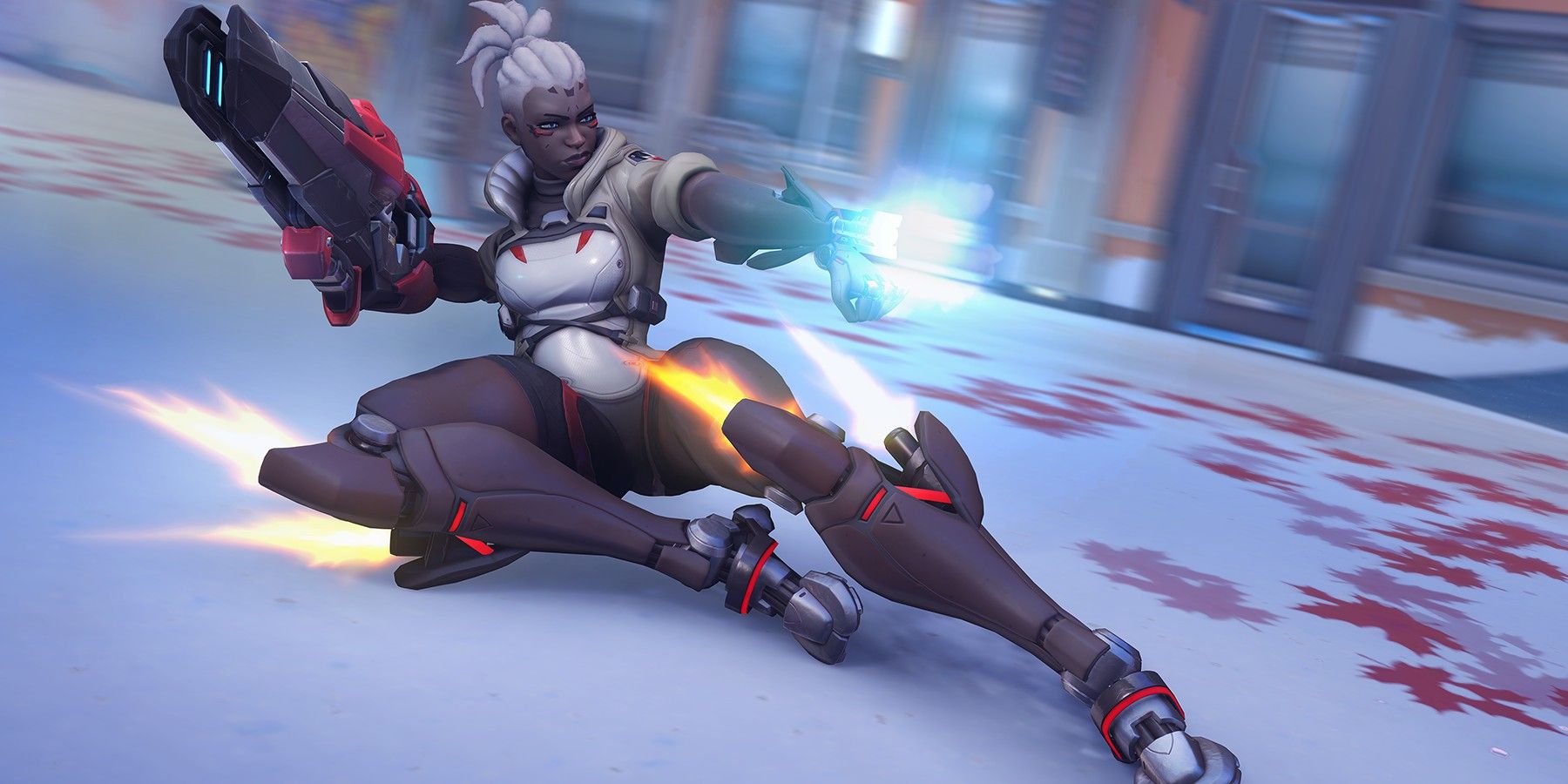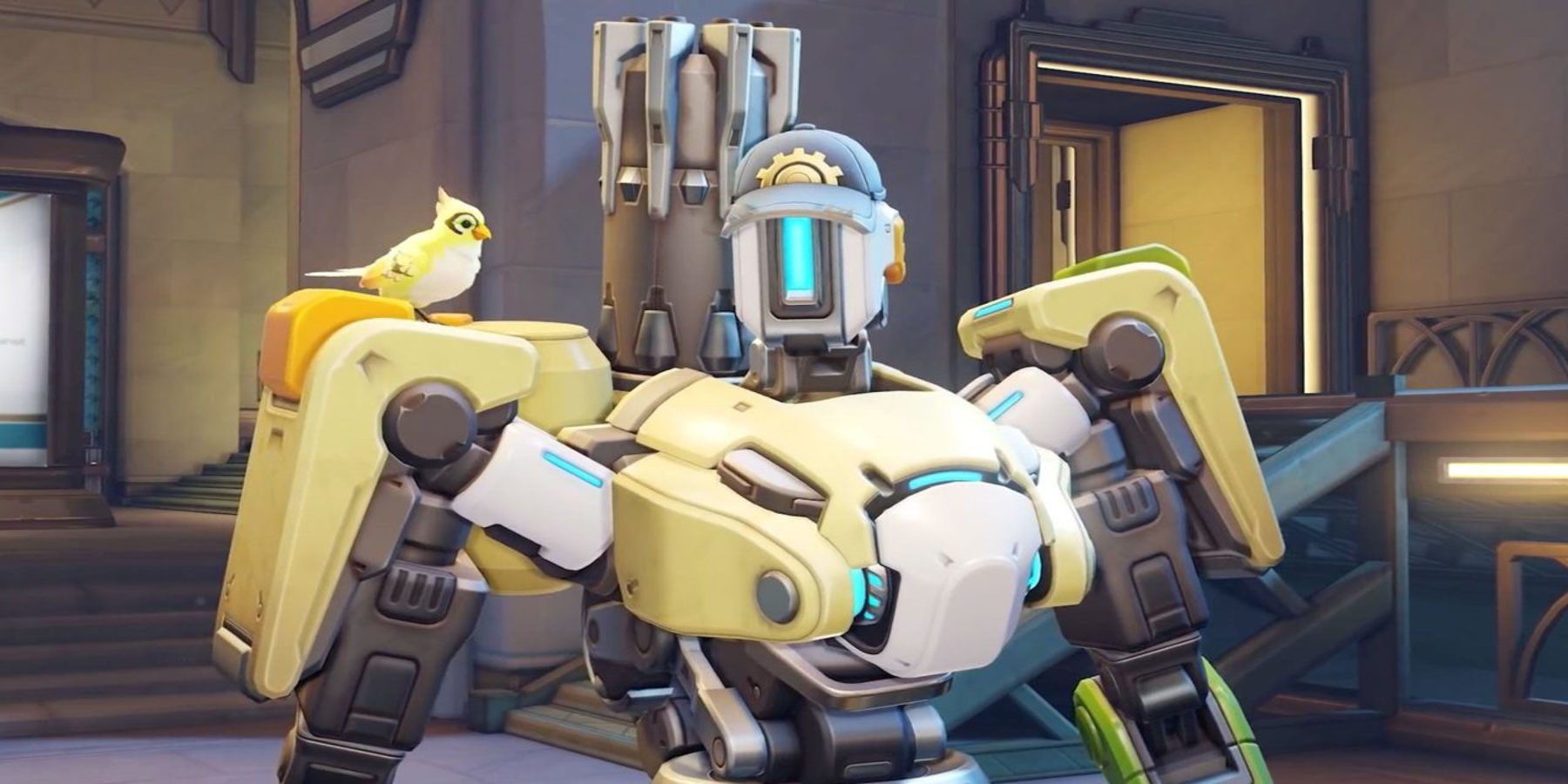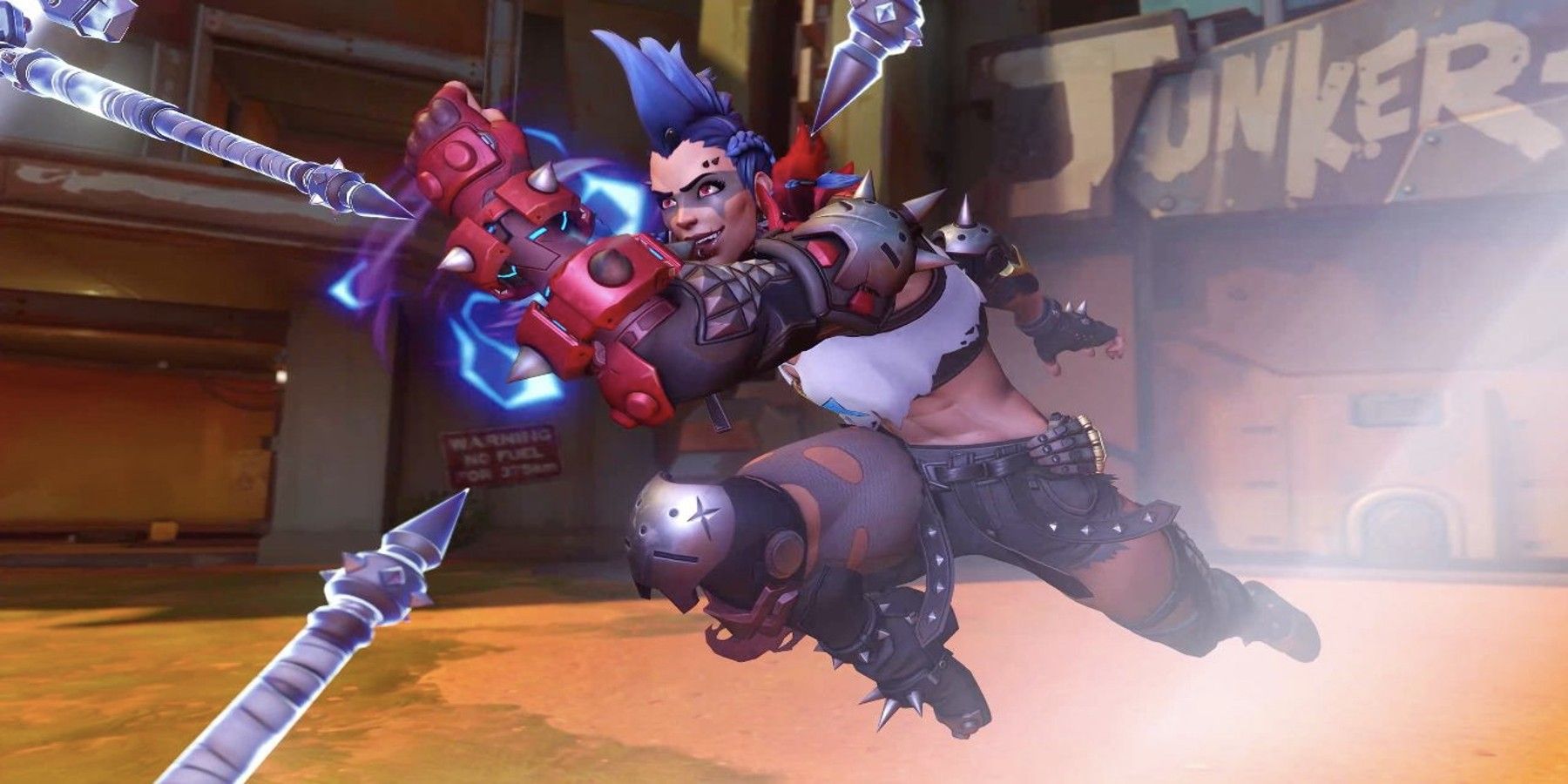Overwatch 2 has recently released its second beta, wherein players on PC and consoles are able to preview the highly anticipated hero-shooter before the free-to-play multiplayer is fully released in October. Along with changing the team setup, Overwatch 2 is adding a variety of new maps, modes, and heroes that are an attempt to mix up the gameplay even further. The sequel’s goal is to create a more diverse and fast-paced game when compared to the original, and it is accomplishing this goal by tweaking heroes’ kits and adding brand-new heroes.
It seems that most of the changes being made to current heroes revolve around creating more independence or mobility. The new passive role abilities, for example, now give each role a particular set of buffs, with Tanks causing less Ultimate build-up, Supports regenerating health, and DPS characters having increased movement speed. These changes alone heavily impact the gameplay; however, it is the new heroes and their abilities that prove how Overwatch 2 is attempting to create more mobile heroes.
Altered Hero Kits that Encourage Mobility
Many of Overwatch’s heroes already have kits that provide quite a bit of mobility, but with developers decreasing team sizes to five and encouraging aggressive and frequent encounters, it is crucial that characters are able to dip in and out of the fray as quickly and efficiently as possible. With that said, many of the original heroes have received reworks that allow them to move more quickly while continuing to provide for their team.
Orisa is a Tank character who often acted as the anchor for her team with a deployable shield and Ultimate that would buff teammates near its position. Overwatch 2’s Orisa has now lost her shield and replaced it with more offensive abilities. In lieu of the stationary shield, Orisa now has the Javelin Spin ability, which allows her to push forward with increased speed, block projectiles, and push back enemies. This new ability encourages the Tank to push through enemy lines instead of sit behind a shield, and the increased speed allows Orisa to get into the fight and utilize her other offensive abilities, such as her Energy Javelin, to pick off enemy players.
Basion has received a fairly drastic rework in Overwatch 2 that makes him a far more mobile DPS character. The main change affects Bastion’s Turret form, which now transforms him into a rolling tank with a rapid-fire gatling gun for a short period of time. The tweak has essentially combined the mobility of Bastion’s Ultimate in the original Overwatch with his Turret mode but has removed his cannon, which has been replaced with a new Ultimate where Bastion is able to fire artillery shells from a fixed position.
Mercy has received a very recent rework that greatly affects her mobility. The Guardian Angel ability has always allowed Mercy to quickly fly over to teammates, but Overwatch 2 added a “super-jump” to Mercy’s ability. The new jump gives the healer the ability to fly high in the air, away from damage, once she reached her target. The ability has recently been adjusted in the beta to allow players to control the jump better, which gives Mercy an even better chance to reach her target and avoid enemy damage.
How Overwatch 2 Encourages Mobility
The two new heroes introduced in Overwatch 2 have had the benefit of being created with the new game’s play style in mind, and their kits are a representation of what the developers want to accomplish with hero mobility. Sojourn is a very aggressive and powerful DPS character that is designed to build up a high-powered shot with her railgun and then pick off enemies, and her slide ability allows her to quickly enter and exit the fray while continuing to pester the enemy team. On the other hand, Junker Queen’s kit strongly encourages close-quarters combat and damage dealing, as her weapons thrive at close range and her abilities increase movement speed and shields.
Additionally, Overwatch 2's new Push game mode, maps, and 5v5 team setup suggest that players should constantly stay in motion. The new mode and maps require players to stay near the objective at all times, as it can quickly move from one side of the map to the other and alter the trajectory of the match. Further, the much-debated five-person teams have removed a protective Tank player, which encourages players to utilize their characters’ abilities to their fullest in order to stay alive while remaining a useful part of the team.
Overwatch 2 does not want teams stuck in a stand-off behind shields, nor does it want characters to feel sluggish or ineffective in the new, aggressive play style. As such, the sequel has made changes, added new features, and introduced heroes that demand players stay ready for the next engagement on the battlefield.
Overwatch 2 launches on October 4 for PC, PS4, PS5, Switch, Xbox One, and Xbox Series X.

